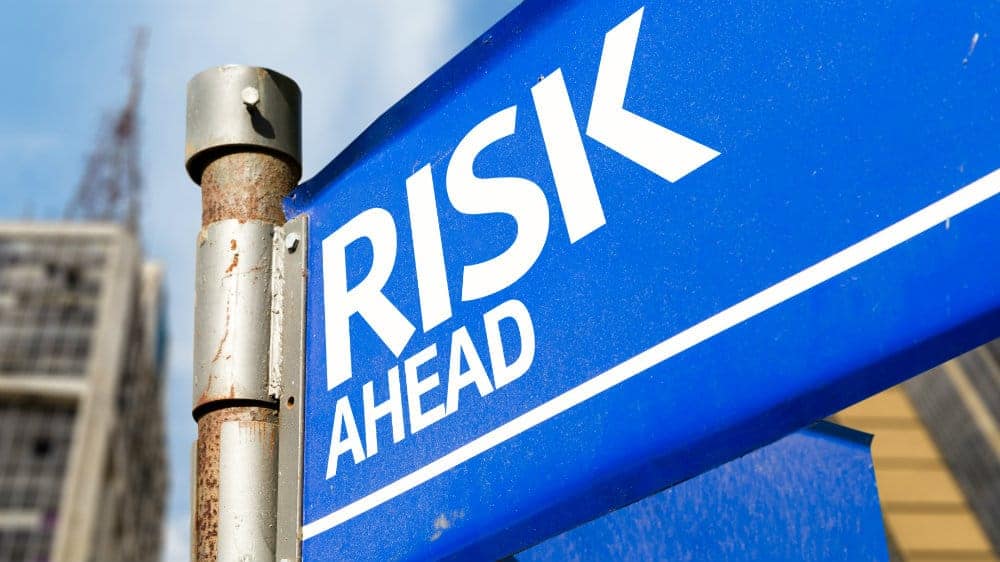Covid-19 made the world come to a grinding halt in 2020. This has had a huge impact on everyone. The pandemic also created uncertainty in 2021 for global companies, stock markets, and economies.
I think things are starting to look more promising, with vaccine roll-outs and some recovery in economies and stock markets. But uncertainty still lingers in 2021 and I don’t think this is going away any time soon.
So what am I doing in my portfolio to manage the uncertainty this year? Here’s three of my top tips.
#1 – Risk management for uncertainty in 2021
By this I mean checking how much is invested in any one stock, fund, or ETF. Typically, I use the 10% threshold as a rule of thumb when managing my portfolio. If any of my investments exceeds this level, then there’s probably too much risk on the table. I believe it is one of the quickest ways to manage uncertainty in 2021.
I’ve come across too many stories of over-confident investors who’ve put too much money into one ‘fail-proof’ investment. I’m trying to avoid falling into this trap. I also acknowledge that no investment can guarantee a return. If anyone says that it does, then I will run a mile in the opposite direction.
I must admit that it’s tempting to heavily invest in one particular region or sector that’s performing well, such as technology. This is where I have to take a step back and stick to my 10% rule. Today’s hottest investment could be tomorrow’s laughing stock. By spreading out my investments this ensures that the risk is not only diversified but reduced as well.
#2 – Diversification is key
Don’t put all your eggs in one basket. I’m sure we’ve all heard this statement before but it serves as a useful reminder to manage uncertainty in 2021.
In my portfolio, I own as many investments as I can keep track of. We have different demands on our time, so the exact number of investments should depend on personal circumstances.
If you, like me, are comfortable in picking your own shares then have a broad range of stocks. This is what active funds do. These are a portfolio of stocks managed by a professional fund manager.
Sometimes when I don’t have specific knowledge in a certain sector, I will opt for a fund. I think this is the most time- and cost-effective way to diversify and gain certain exposure in a portfolio.
I think the main point to note is that diversification is achieved by investing across various asset classes, sectors, and geographical region. This way it reduces the investment risk and market volatility in a portfolio.
#3 – Core-satellite investment strategy
I’ve been using a core-satellite strategy for years. It’s very simple to understand and implement.
As a core-satellite investor I’ll have a main group of investments, which should be well diversified. This is the ‘core’ element of the strategy. For me this is a mix of funds and stocks.
Then, to add a bit of spice and even more diversification, I add a few other investments such as stocks. These are known as the ‘satellites’. I typically invest in higher risk companies to get the growth element in my portfolio. I believe the core-satellite strategy is a good way to manage uncertainty in 2021.








